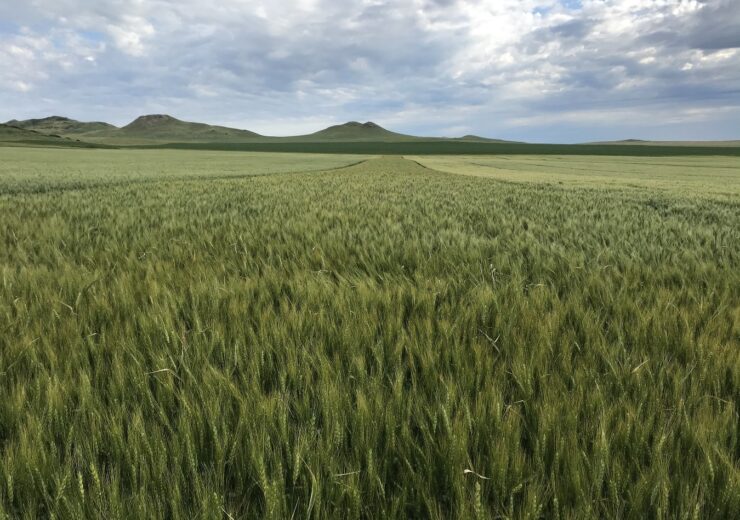The two new varieties from WestBred are expected to have a balance of high yield, protein and sustainability across regional markets

The new wheat varieties are highly resistant to several diseases. (Credit: WestBred)
WestBred, a developer of small grains, has introduced two new wheat varieties in the US, including WB4401 and WB4309, which are claimed to offer an above-average combination of yield potential and protein.
The new wheat varieties are said to be hard red winter varieties with tolerance to diseases, offering growers more options to improve production and to enhance the potential of profitability. The two varieties offer improved yield potential in their regional markets.
The first variety, WB4401, is claimed to be suited for the Central Plains Region. It is a medium-maturing variety which is high in yield potential, test weight and end-use quality.
WestBred further claims that the new variety possesses high tolerance to diseases such as intermediate leaf and stripe rust tolerance, along with good tolerance to Fusarium Head Blight (Scab). The variety has better grazing potential and very good Hessian Fly tolerance, said the company.
WB4309, the second variety, is a medium to early-maturing variety, which is suited for South Dakota and the southern half of North Dakota. It is claimed to offer a good balance of yield, protein and standability with better test weight and milling and baking quality.
According to the company, the new wheat variety is also resistant to disease including good Fusarium Head Blight (Scab), Yellow (Stripe) Rust and is broadly adapted for the Northern region.
WB4401 and WB4309 varieties will be available from next year
The two wheat varieties will be available for planting for next crop season as certified seed only (CSO) varieties.
Jim Klebsch, who planted WB4309 last fall, said: “We saw really good stands and saw zero lodging with WB4309. It grew through some very tough conditions of several days in a row with temps in the 20s. Harvested in July, the yield was in the 82 to 83 bu/acre range and protein was about 13.4.
“So, for our environment, that is a very good performance on dryland wheat. I could not find fault with this variety. It will be popular for planting for the 2021 season because it fits this region very well.”
